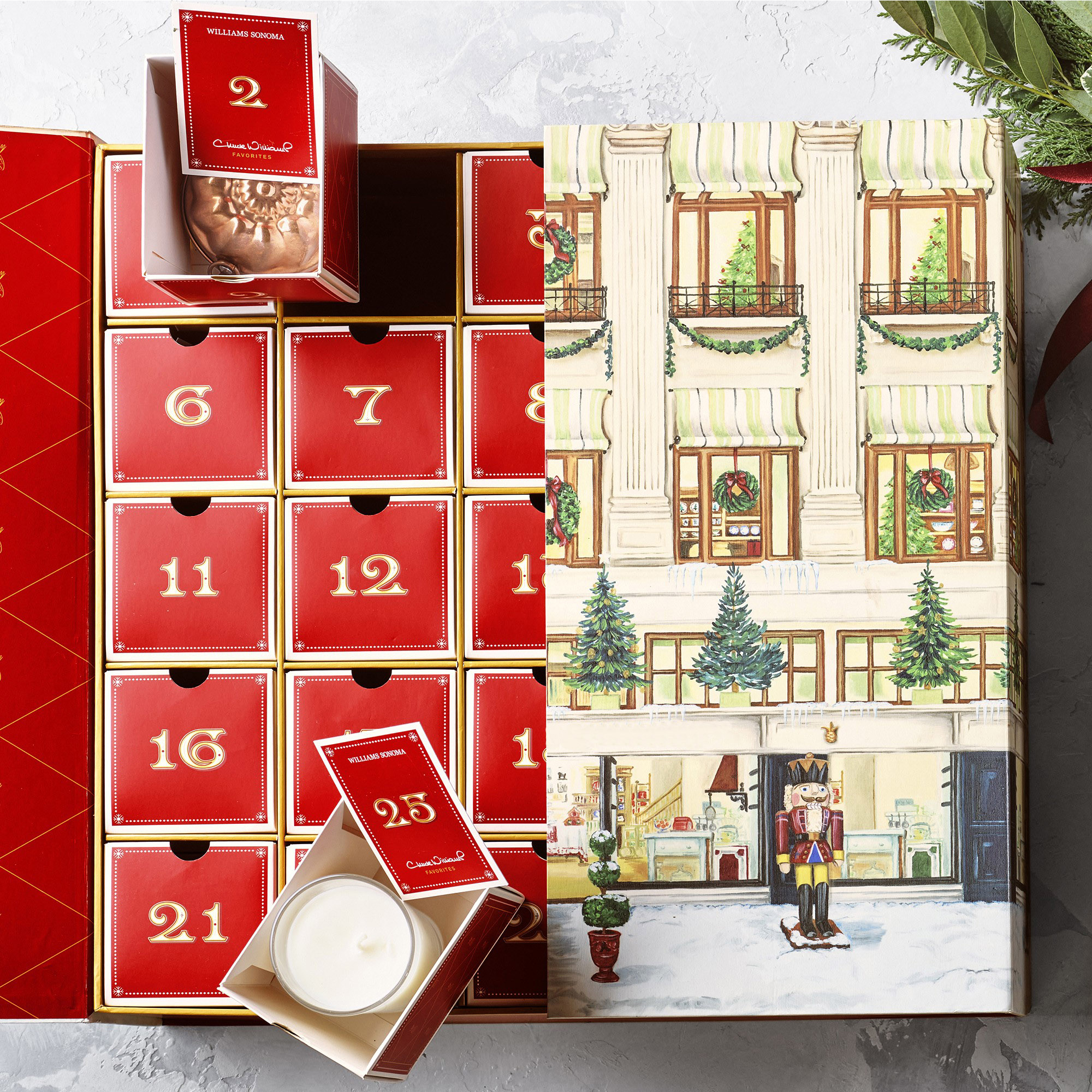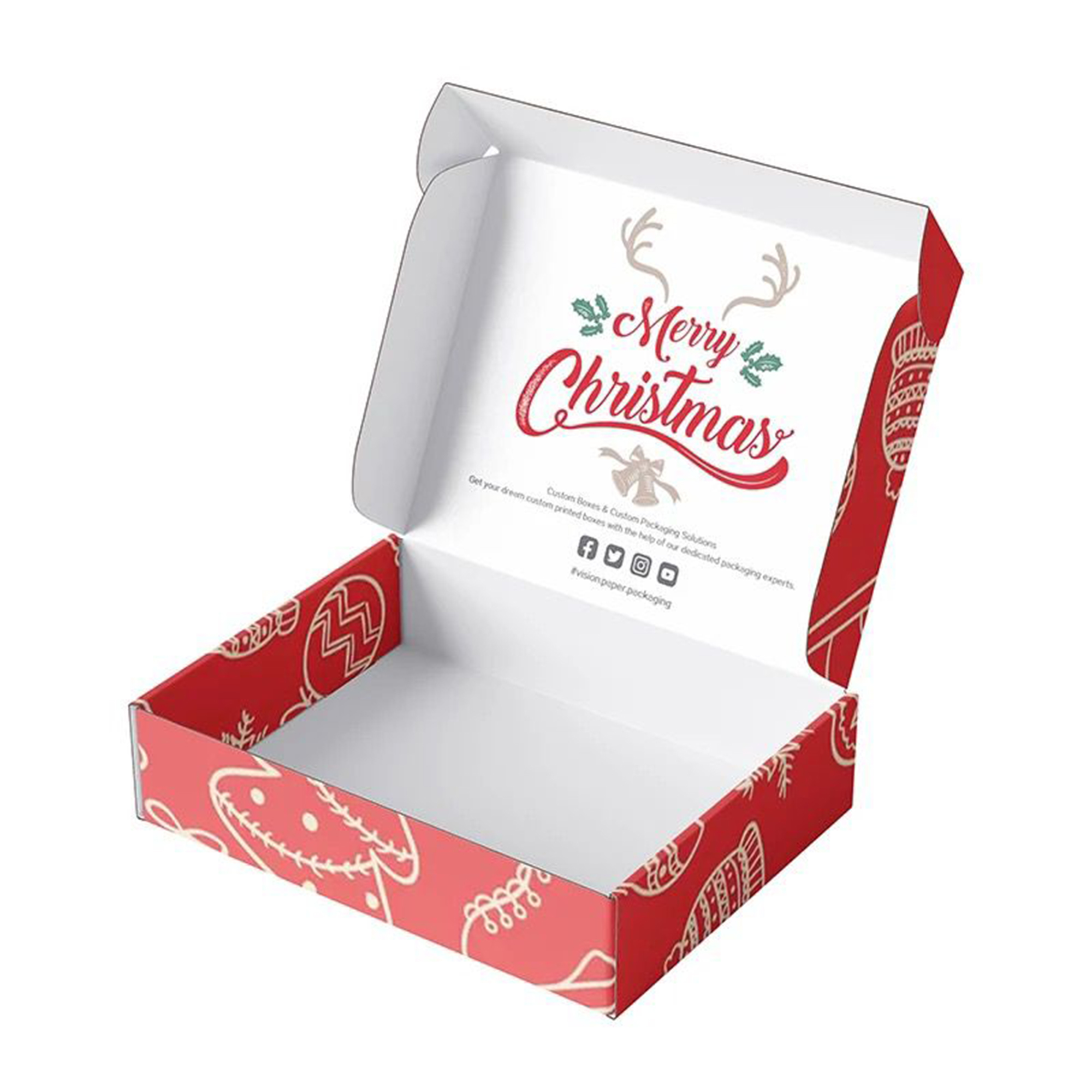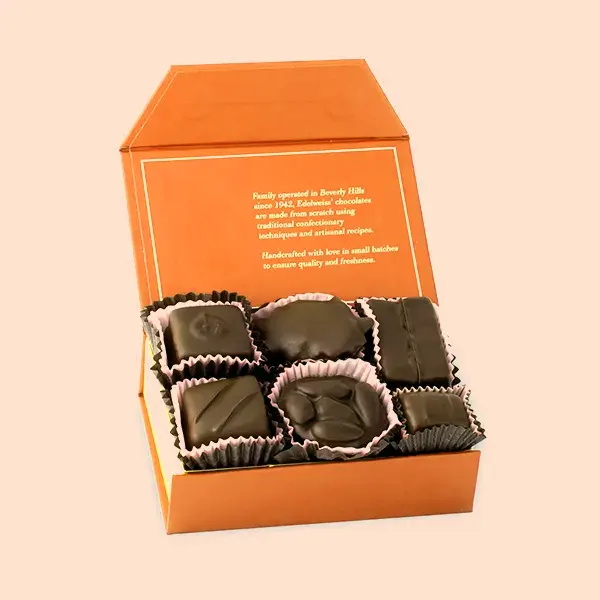In the intricate world of confectionery, a beautifully crafted chocolate box can be just as enticing as the sweets it contains. But have you ever wondered how are chocolate boxes made? The process involves a fascinating blend of art and science, creativity, and precision engineering. Let’s embark on a journey through the intricate steps involved in bringing these charming containers to life.
1. Conceptualization and Design
The journey begins with an idea—a vision for how the product will look, feel, and function. Market research helps understand consumer preferences and trends, guiding brainstorming sessions where designers sketch initial designs. These early blueprints consider brand identity, target audience, and even the specific shape and size of the chocolates. Once a design is finalized, it moves into the prototyping stage, creating a 3D model or mock-up to test its practicality and aesthetic appeal.
2. Material Selection(chocolate box)
Choosing the right materials is crucial for both appearance and functionality. Common choices include cardboard for lightweight sturdiness, foil for a luxurious touch, and sometimes plastic inserts for support. Sustainability is increasingly important, prompting manufacturers to explore eco-friendly options like recycled paper and biodegradable coatings. The selected materials must be food-safe, moisture-resistant, and capable of preserving chocolate freshness during transit and storage.
3. Printing and Decoration(chocolate box)
Printing and decorating bring the design to life using advanced technologies like lithography, flexography, and digital printing for high-resolution images and vibrant colors. Special finishes such as embossing, foiling, and UV coating add texture and shine. Attention to detail ensures the final product aligns perfectly with the brand’s image and appeals to consumers’ senses.
4. Assembly
Assembling the chocolate box involves several meticulous steps. Printed sheets are cut into individual panels using die-cutting machines. These panels are then folded along pre-scored lines to form the basic structure of the box. Glue or tape secures seams and reinforces corners. For boxes with lids, additional steps may include attaching magnetic closures or ribbon handles to enhance functionality and aesthetics. Precision is essential to ensure uniformity and strength.
5. Quality Control
Quality control is a critical component throughout the manufacturing process. Each box undergoes rigorous inspection to check for defects such as misaligned prints, incorrect folds, or weak joints. Automated systems assist in this task, using sensors and cameras to detect even the slightest deviations from perfection. Only boxes that meet stringent quality standards make it through to the final packing stage, ready to be filled with delicious chocolates.
6. Filling and Sealing(chocolate box)
With the empty boxes prepared and inspected, they are now ready to be filled with chocolates. This step is typically done by hand or with the help of automated machinery, depending on the scale of production. Care is taken to arrange the chocolates neatly within the box, ensuring they are secure and present well. Once filled, the boxes are sealed shut using various methods like adhesive strips or magnetic flaps. Some manufacturers also place desiccants inside to absorb moisture and maintain the freshness of the chocolates.
7. Packaging and Distribution
Finally, the completed chocolate boxes are packaged into larger quantities for shipping. Outer packaging must protect the delicate boxes during transit while being efficient for stacking and storage at retail locations. Logistics planning ensures timely delivery to stores and online customers alike, considering factors like temperature control to prevent melting in warmer climates.
From concept to customer, how are chocolate boxes made is a testament to the ingenuity and dedication of those who craft them. Each step, from design to distribution, plays a vital role in creating packaging that not only safeguards premium chocolates but also elevates them into gifts worthy of celebration. So, the next time you unwrap a beautifully packaged box of chocolates, take a moment to appreciate the complex journey it has undertaken to reach your hands.
The process of making a chocolate box is far more intricate than one might imagine. It starts with a creative spark, a desire to produce something beautiful and functional that will house delectable treats. Designers spend countless hours sketching out ideas, considering not just the aesthetic appeal but also the practical aspects of the box’s construction. They think about how easy it will be for consumers to open, how well it will protect the contents, and even how it will feel in the hand.
Once the design is finalized, it enters the prototyping phase. This is where designers work closely with engineers to create a physical model of the box. This prototype is tested for durability, ease of assembly, and overall functionality. Any issues that arise are addressed and modifications are made until the perfect design is achieved.
The next step in the process is selecting the materials that will be used to construct the boxes. This is a crucial decision as it affects not only the cost but also the environmental impact of the product. Manufacturers are increasingly turning to sustainable options like recycled paper and biodegradable coatings. They must also ensure that whatever materials are chosen are strong enough to protect the chocolates during shipping and storage.
Printing and decorating the boxes is another key aspect of the process. High-tech printers are used to apply intricate designs and vibrant colors to the surface of the boxes. Special techniques such as embossing and foiling add a touch of luxury, making each box feel special. The level of detail involved in this stage is impressive, with each box being carefully checked to ensure that the print is flawless.
Assembling the boxes is a labor-intensive process that requires precision and care. Machines cut the printed sheets into individual panels which are then folded and glued or taped together to form the finished product. For boxes with lids, additional elements such as magnetic closures or ribbon handles may be added to enhance their functionality and visual appeal.
Quality control is paramount throughout the entire manufacturing process. Every box is inspected multiple times to check for defects such as misaligned prints or weak joints. Advanced automation helps speed up this process but human eyes are still needed to catch anything that might have been missed by machines. Only those boxes that pass strict quality checks make it to the final packaging stage.
Filling the boxes with chocolates is often done by hand, especially if the chocolates are delicate or come in unusual shapes. Careful attention is paid to ensure that each piece of chocolate is securely placed within its compartment and that there is no risk of crushing during transit. Once filled, the boxes are sealed using various methods including adhesive strips or magnetic flaps. In some cases, desiccants may be added to keep the chocolates fresh by absorbing any excess moisture.
Packaging the completed boxes for shipment is the final step in the process. Outer packaging must provide adequate protection while also being efficient for stacking and storage at retail locations. Logistics planning ensures that the boxes arrive at their destination on time and in perfect condition, taking into account factors like temperature control to prevent melting during hot weather.
In conclusion, how are chocolate boxes made is a complex process that combines creativity, engineering skills, and meticulous attention to detail. From concept to customer, every step plays a vital role in creating packaging that not only safeguards premium chocolates but also elevates them into gifts worthy of celebration. So next time you unwrap a beautifully packaged box of chocolates, take a moment to appreciate the complex journey it has undertaken to reach your hands.
Post time: Sep-23-2024










